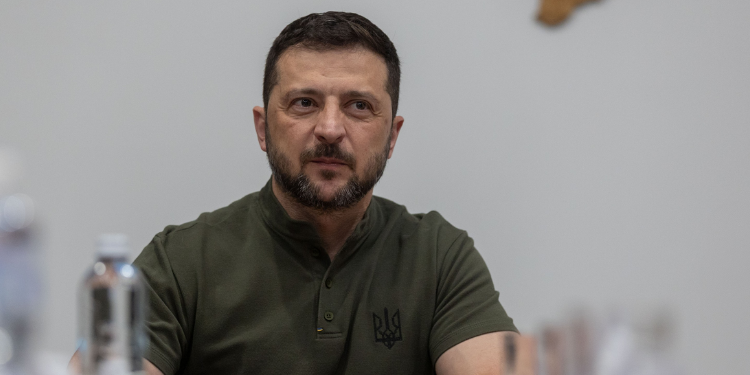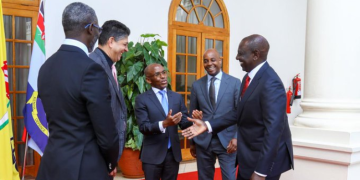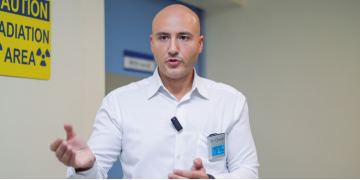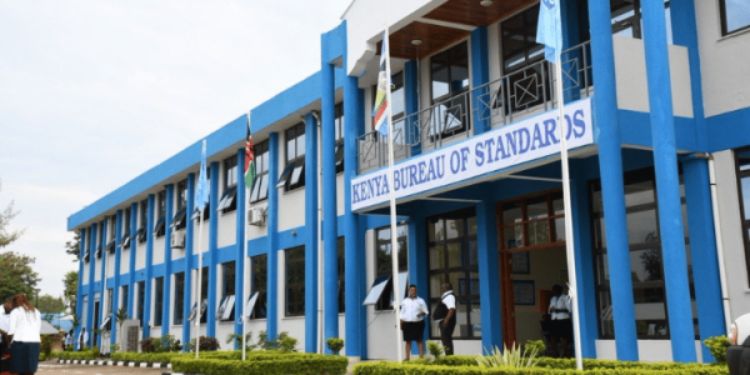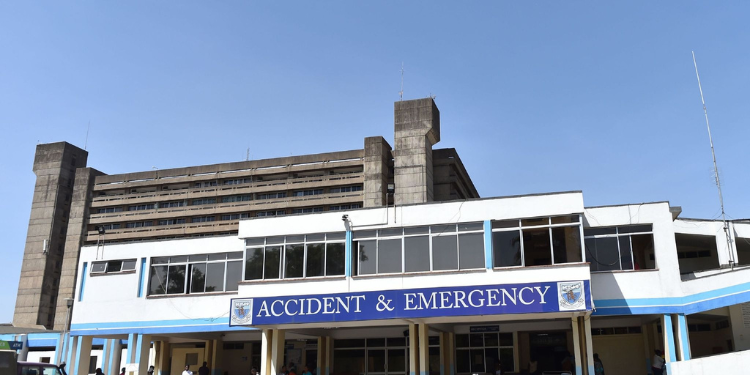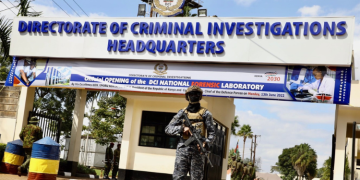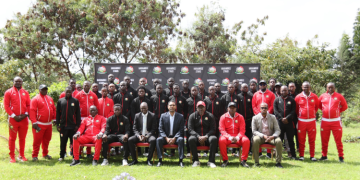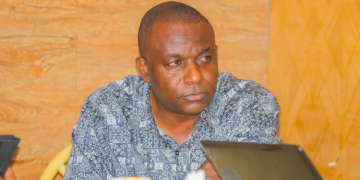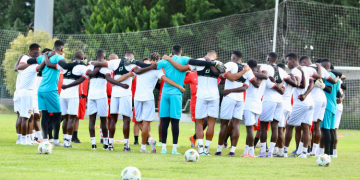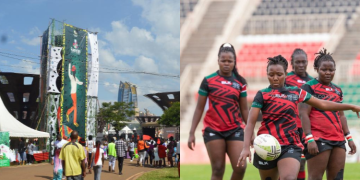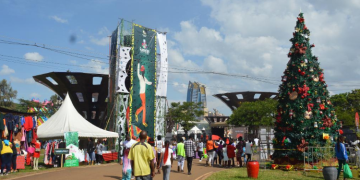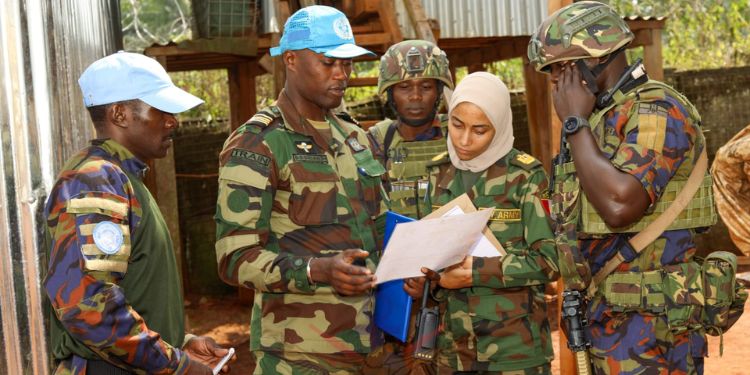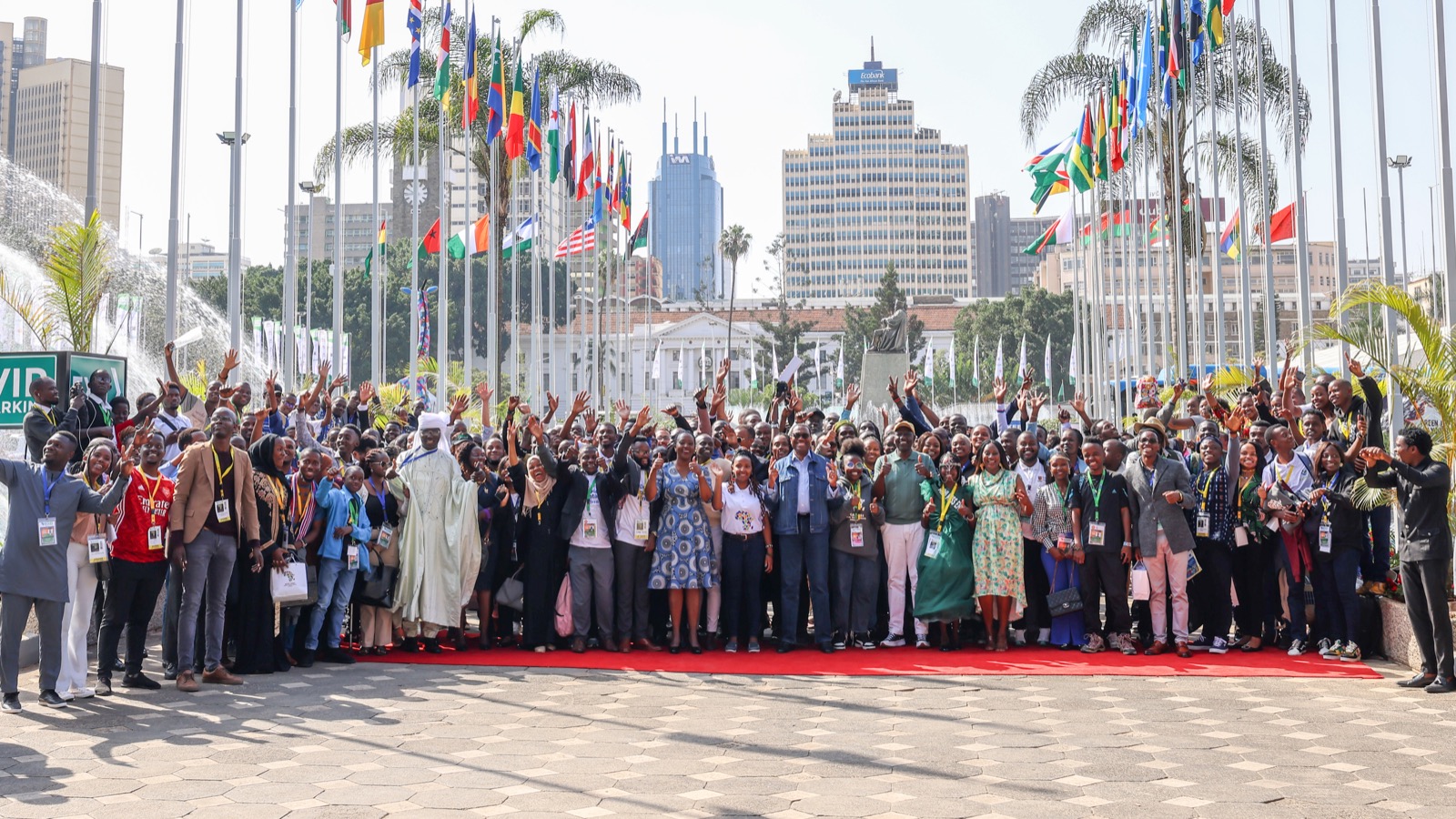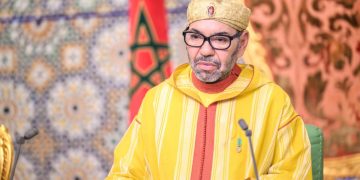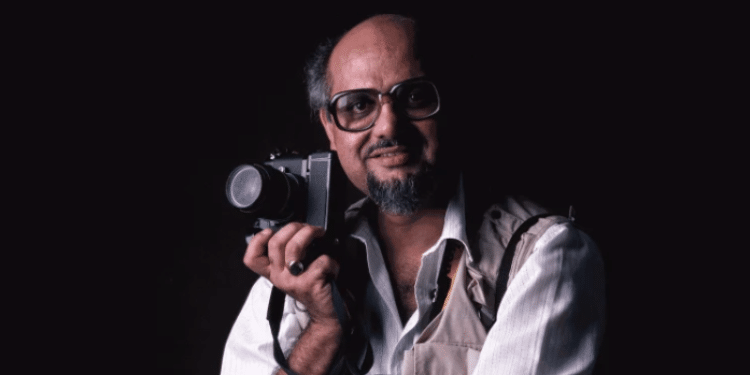On November 23, 1996, renowned Kenyan photojournalist Mohamed Amin fondly known as “Mo,” tragically died alongside 125 others when Ethiopian Airlines Flight 961 crashed into the Indian Ocean.
The plane, which had carried 175 passengers, had been hijacked by three Ethiopian nationals who falsely claimed to have a bomb and demanded that the aircraft be flown to Australia, despite warnings from the pilots that the plane lacked sufficient fuel for such a journey.
Mo Amin, who had lost his left arm in a 1991 ammunition dump explosion in Ethiopia, was on the flight en route to Nairobi for a business trip.
During the hijacking, eyewitnesses reported that Amin attempted to intervene. According to survivor accounts, he was seen near the cockpit, trying to calm passengers and urging them to negotiate with the hijackers.
Mo Amin Dies in Aircraft Crash
“When the plane took off, before it even levelled out, I heard some noise coming from the back and saw two men running up the aisle toward the cockpit,” a survivor recalled.
“Mo Amin came out twice from the cabin to the economy class to talk to some of us, encouraging passengers to help stand up to the hijackers—but most people were too frightened.”
Despite the pilots’ efforts, the plane ran out of fuel and crash-landed off the coast of the Comoros Islands.
Also Read: Today in History: Sudan’s Vice President John Garang Dies in Helicopter Crash
A joint investigation led by the Ethiopian Civil Aviation Authority (ECAA), with support from the U.S. National Transportation Safety Board (NTSB) and other international aviation experts later confirmed that the crash was primarily caused by the hijackers’ interference, particularly during the attempted emergency landing.
Notable Works by the Photojournalist
Mohamed Amin was one of the most decorated photojournalists in Kenya and around the world. One of his most notable works was the powerful images he captured in Ethiopia in 1984, during a devastating famine
After witnessing the crisis firsthand, Mo partnered with BBC journalist Michael Buerk to document the famine. Together, they produced a compelling news report that was aired on the BBC, reaching a global audience.
The emotional response to their work led to the formation of USA for Africa, which was spearheaded by a group of musicians led by Michael Jackson and Lionel Richie, who produced the iconic song “We Are the World”. Proceeds from the song helped fund emergency aid for Ethiopia.
In addition to his humanitarian coverage, Amin documented the suffering of the Ethiopian people under the brutal rule of Mengistu Haile Mariam, as well as numerous conflicts across Africa and the Middle East. Among the notable events he covered was the Palestinian Black September uprising in Jordan in 1970.
Also Read: Today in History: Sheikh Makaburi Shot Multiple Times Outside Shanzu Law Courts
In Kenya, Mo Amin was reportedly the first journalist to arrive at the scene of Tom Mboya’s assassination in 1969, capturing exclusive images of medics as they struggled to save the Kenyan minister’s life—an event that shook the nation.
Mohamed Amin’s brave storytelling and powerful photos had a big impact on journalism around the world. His images not only informed the world but also inspired action. His death was a profound loss to the world of media, but his legacy lives on in the powerful stories he told.
Follow our WhatsApp Channel and X Account for real-time news updates.



